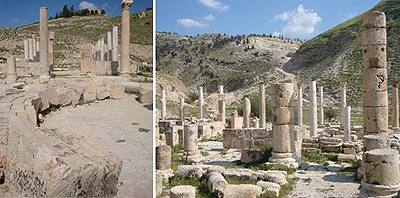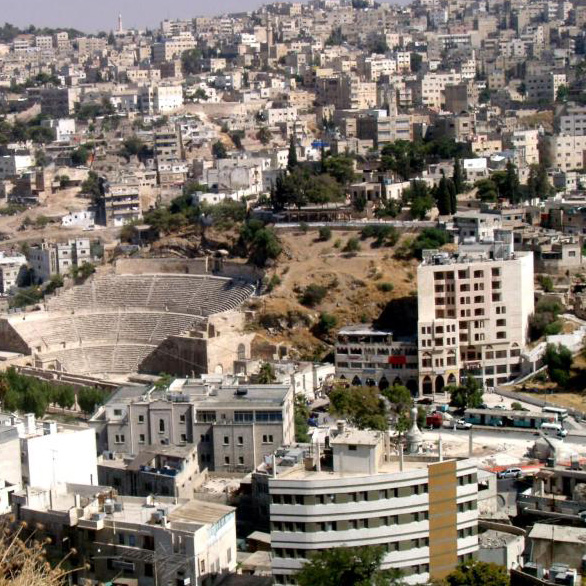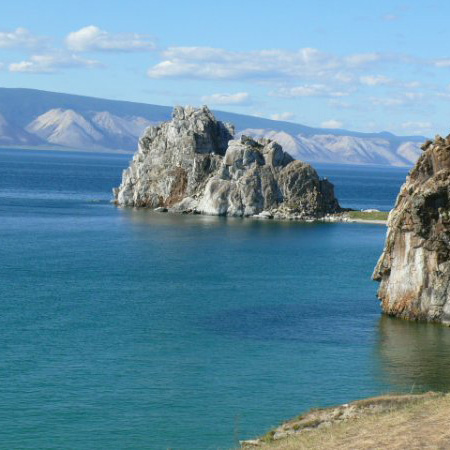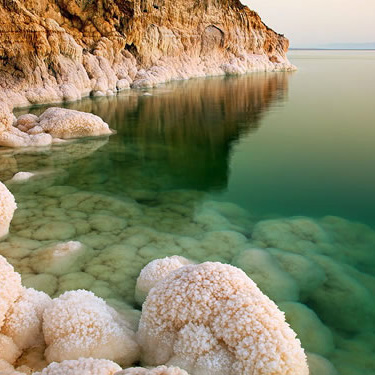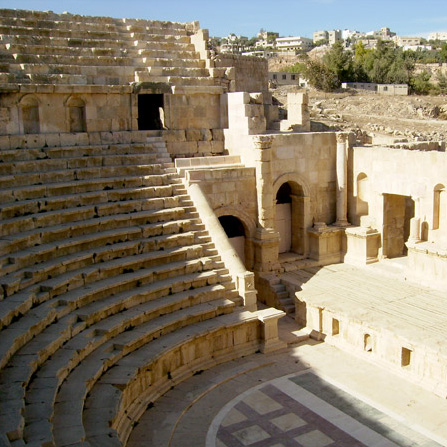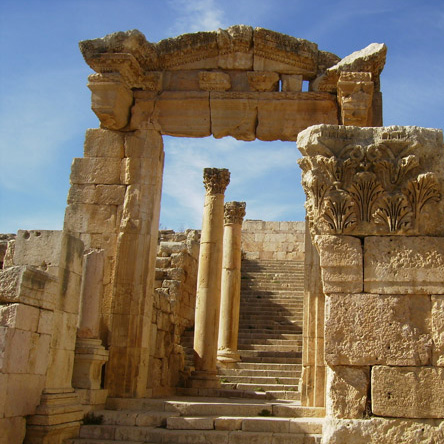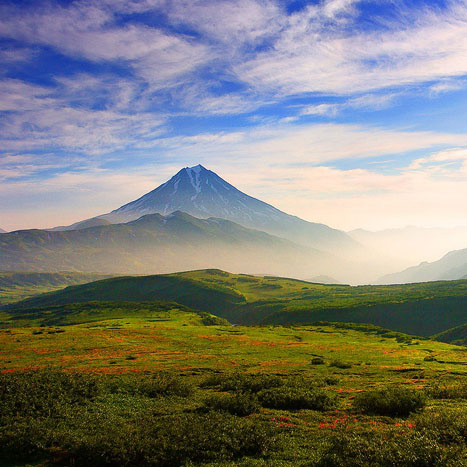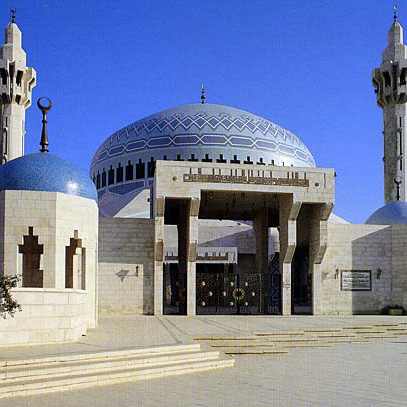Pella – one of the Kingdom’s best-kept secrets
Outside the picturesque village of Tabqat Fahl, 90 kilometres north of Amman, lie the remains of over a half a million years of human occupation.
As the geopolitical landscapes changed from the Neolithic times to the Islamic era, the city of Pella in the eastern foothills of the Jordan Valley remained an important place of worship, governance and trade, making it one of the most historical and diverse archaeological sites in the entire region.
On what were once hunting grounds in the Stone Age, a Neolithic agricultural village was founded in 7,000 BC. Later, a Chalcolithic settlement, which thrived as a city throughout the Bronze and Iron ages, Pella came under Hellenistic influence in the 3rd century BC after Seleucid King Antiochus took control of the city and gave it the name it is known by today.
Under Roman rule in the second century BC, the urban centre became a member of the Decapolis League and once again rose in economic prominence. During the 5th and 6th century BC, it became a Byzantine city and later came under Islamic influence before an earthquake in the 8th century rocked the city to its foundations.
Experts attribute Pella’s attraction to its source of permanent freshwater springs, arable land for cultivating cereal crops and grazing cattle, isolated topography, and its location at the crossroads between the civilisations of the east, west, north and south.
“People live where the living is consistently good. Pella has been a prime site for nearly 10,000 years,” archaeologist and Sydney University Professor Stephen Bourke told The Jordan Times in a recent interview.
Discoveries at Pella over the past 20 years have not only shed light on ritual practices and faith, but marked the Jordan Valley as home to some of the earliest urban settlements known to man.
Recently unearthed massive stone platforms, a paved gateway and other construction date as far back as 3,600BC, to the times of the earliest Sumerian civilisations in Iraq and predating the reign of the Egyptian pharaohs.
Weapons discovered at the site dating to 2,900-2,800BC contained copper from Cyprus, Anatolia and nearby Feynan, indicating the extensive economic reach of the rulers of Pella.
Moreover, the site is distinguished by being a passageway to nearby Western civilisations.
“The importance of Pella lies in its long-term role as gateway to the West and enormously wealthy Mediterranean world. Most other sites acted as gateways to the east and south,” noted Bourke, Pella excavation leader.
One of the key structures uncovered in Pella is the so-called Canaanite Temple, the largest and best preserved structure of its type in the region. Occupied for over a millennia between 1,800 and 800BC, the site hosted a series of cultic activities that left behind several ritual vessels and offerings, which revealed sharp changes between Bronze and Iron Age worship.
In the Bronze Age, most offerings were to male deities, but those dating to the Iron Age were to female deities. The uncovered Bronze Age temple’s designs indicate influences from Syria and Egypt, while its Iron Age counterpart reveals coastal Palestinian and Aegean influences, Bourke said.
As part of this year’s survey, which concluded in March, researchers explored the civic structures to the west of the temple -including an Iron Age palace and a late Bronze Age structure dating back to around the time of the Canaanite temple.
The excavations also revealed early mud-brick temples, dating to 1,900BC, which reaffirmed the 1,000 year-long continuous sequence of temples at the hillside site.
Archaeological teams are also searching for a Hellenistic temple, which is believed to most probably have been built in honour of Serapis, an underworld deity that marked a melding of Greek and Canaanite beliefs at the time.
In addition, they are also focusing on the location of an Imperial Roman temple on Tell Husn, which is depicted on a large hill in several coins minted at Pella dating to 150-200AD.
“Pella is a ‘religious landscape’ over a long period of time and we hope to chart this relationship between man and deity from its earliest prehistoric beginnings (around 4,000BC) to the most recent Mameluke mosque,” Bourke noted.
“Pella is a most precious part of Jordan’s ancient heritage. The needs of development and tourism need to be carefully balanced against the heritage value of the site,” he said, expressing hope that with higher international recognition, the site could benefit the Kingdom’s tourist industry.
Although it has not become a mainstay on tour guides’ itineraries, the diversity of Pella and its 10,000 years of unbroken history has led to the site being nominated for submission to the World Heritage List.
Professor Moawiyah Ibrahim, Jordan’s representative to the World Heritage Committee, said they are moving forward with Pella’s nomination, with committee members expected to visit the site for further deliberation.
“Pella is one of the oldest continuously inhabited cities, and archaeologically is one of Jordan’s most important sites,” Ibrahim told The Jordan Times, expressing hope that the distinction would raise awareness of the importance of Pella and preserving its complex heritage.
Meanwhile, the Department of Antiquities (DoA) is working to preserve and even restore some of the numerous temples on the site.
“Pella is an important site with many temples dating back to the early Bronze Age. As these temples are exposed, we will focus on preservation and careful restoration,” DoA Director Fawwaz Khraysheh previously told The Jordan Times, noting that the diversity of the site presents many challenges to adequately showcasing the several eras it spans.
According to Bourke, the next excavation season for the site is slated for early 2011. Until then, Pella, one of the Kingdom’s best-kept secrets, will continue to provide visitors with a rare glimpse into the progression of ancient life in Jordan and the entire region.
News
23.08.2021
Meeting with King Abdullah II of Jordan
12.06.2019
Cooperation Agreement Signed in Hashemite Kingdom of Jordan
Russian-Arabic Business Council
Всех заинтересованных в установлении и развитии сотрудничества с деловыми кругами стран Арабского Востока приглашаем обратиться в Российско-Арабский Деловой Совет по адресу:
109012 г. Москва, ул.Ильинка, 5/2
тел./факс + 7 (495) 929-02-55
тел. + 7 (495) 929-03-13/15/16
эл.почта: rads@tpprf.ru
сайт: www.rusarabbc.ru
